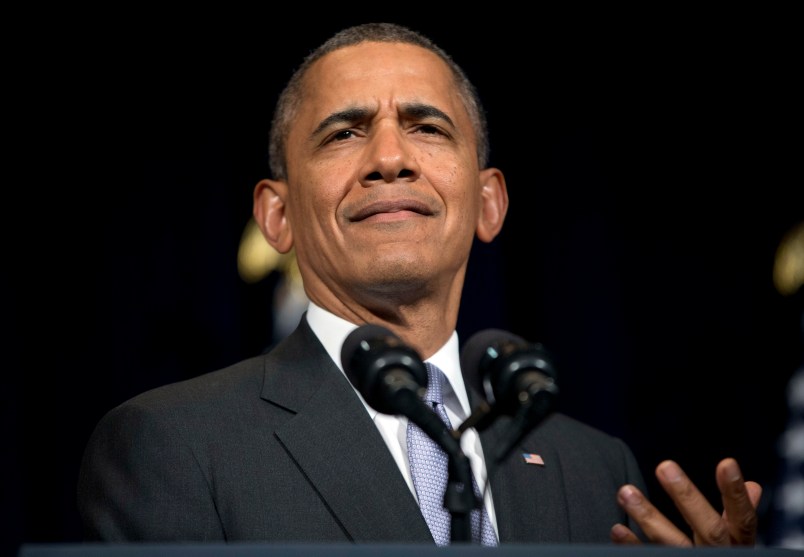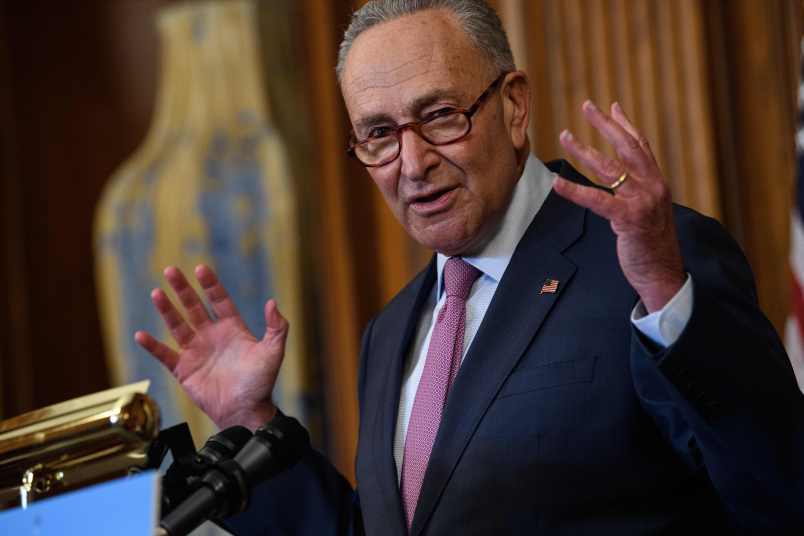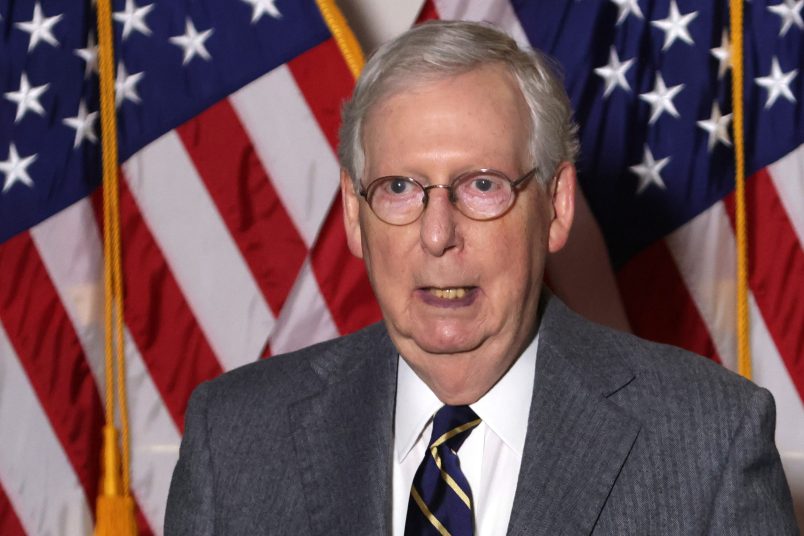Last week, a very confused customer came in looking for help from Lynne Thorp, an Obamacare navigator in southwest Florida. She was in her early 60s and had been diagnosed with cancer, which had prevented her from working for more than a year. She was enrolled in Medicaid’s “medically needy” program, which offers some level of coverage for people with serious illnesses, but doesn’t satisfy the health reform law’s individual mandate. It was too expensive anyway; she’d been skipping radiation and hadn’t seen a doctor for two months.
The woman told Thorp that she just wanted to find out if she qualified for an exemption so she wouldn’t have to pay the mandate penalty. She had already called the state’s Medicaid office, and they had told her that she didn’t qualify for any coverage except the medically needy program (Florida has not expanded Medicaid under Obamacare).
But that wasn’t right, Thorp discovered. The woman qualified for Obamacare’s tax credits to help her purchase a private plan. She eventually bought a plan that would cost her $19 a month. The woman was in tears by the time she finished signing up.
“‘Why didn’t anybody tell me?'” the woman asked Thorp, who recalled the exchange in an interview with TPM. It’s a situation that Thorp and other navigators are familiar with: Great confusion about the health law and what it takes to sign up.
“It’s not explained well anywhere,” she said. “Most people have no idea.”
The problem for Obamacare advocates is that the woman Thorp met isn’t an anomaly. In fact, she represents a systematic issue that the law will continue to face as it tries to cover more uninsured in the coming years.
Last month, the non-partisan Kaiser Family Foundation stumbled across something odd in its survey of 10,500 uninsured Americans. Among those who appeared to be eligible for Medicaid or tax credits under the law and who said they had sought out coverage, 37 percent reported they had nonetheless been told that they weren’t eligible.
That would work out to as many as two million people who by the the letter of the law should be covered but had been somehow informed they didn’t qualify. Experts that TPM consulted at the time were baffled. As one of them put it: “I’ve got no possible explanation for you.”
The Kaiser survey didn’t follow up and ask how or why people had been told they weren’t eligible, and there hasn’t been a comprehensive look at the issue. But TPM talked with the so-called Obamacare “navigators,” trained assistants who have received federal funding to help people sign up for health insurance, to get a better sense of what was going on. Some general trends emerged:
- People who don’t qualify for one kind of Obamacare coverage (tax credits, for example) but don’t realize they qualify for another (Medicaid expansion);
- Confusing language or notices during the enrollment process;
- Credit checks and other extra steps that some people need to take to enroll, which lead them to believe they’re ineligible.
As Thorp’s story illustrates, the navigators weren’t entirely surprised by what Kaiser had found. They have been dealing with a lot of people who have been misinformed. The people who came to them were more likely to get the help that they needed, but Kaiser’s survey suggests that millions of others haven’t.
“It’s really about how confusing we think that this honestly is,” Jenny Sullivan, who works on best navigator practices for the national Enroll America group, told TPM in a phone interview. “There are a lot of consumers out there who still don’t understand the facts. They don’t have everything they need to understand what is happening when they apply.”
There are some obvious culprits for the confusion. When people apply for coverage on the online marketplaces, they might be told that they don’t qualify for tax credits, but they might still be eligible for Medicaid. Depending on how the consumer reads the notices given on the website, which for legal reasons can be written in language that is difficult for most people to understand, they could walk away thinking they’re ineligible when in fact the opposite is true.
Sullivan pointed to another hiccup that they have seen: The credit checks that help verify the information that people give when they apply for coverage. Some people have to take extra steps, like calling the credit agency and/or mailing in additional documents, to get verified. But some people seem to have taken that instruction to take those follow-up steps offline as a sign that they aren’t eligible.
“You can still enroll,” Sullivan said. “But if you don’t know that as a consumer, then you can see where that could quickly lead to a dead end.”
One important point is that poorer people are more likely to have volatile incomes. It’s probable that some people didn’t qualify when they tried to enroll but have since become eligible. But the accounts from navigators suggest confusion and misunderstanding are big contributors to the problem. The Department of Health and Human Services, which oversees the Obamacare exchanges in more than 30 states, declined to comment for this story.
Enroll America doesn’t keep systematic data, but anecdotally, Sullivan said she often has people come in who tried to sign up on their own, but hit a snag. Thorp in Florida said that, last year, almost everybody who came in had tried to enroll without any help first. And those are just the people who bothered to go out and look for help afterwards — it appears from the Kaiser findings that millions didn’t.
The exchanges have run much more smoothly this year, though Thorp said she still gets prospective enrollees who had problems.
“There are still some snags,” she said, “but I wouldn’t say as many people had a bump in the system.”
The online experience has also been improved from last year to this year, the navigators said. The queueing language, telling applicants where they are in the process, has been improved. There are fewer screens to click through to finish signing up. The general readability is better than it was when enrollment started last year, with bold reminders that consumers still need to, say, pick their plan.
But new evidence signals that the easiest people to enroll have already been reached. That means that those people who haven’t been reached at all or who have been discouraged by the process are the next targets for navigators.
“What we see with a finding like this is it underscores the importance of finding, educating, demystifying the process and connecting consumers with people who can help,” Sullivan said.






